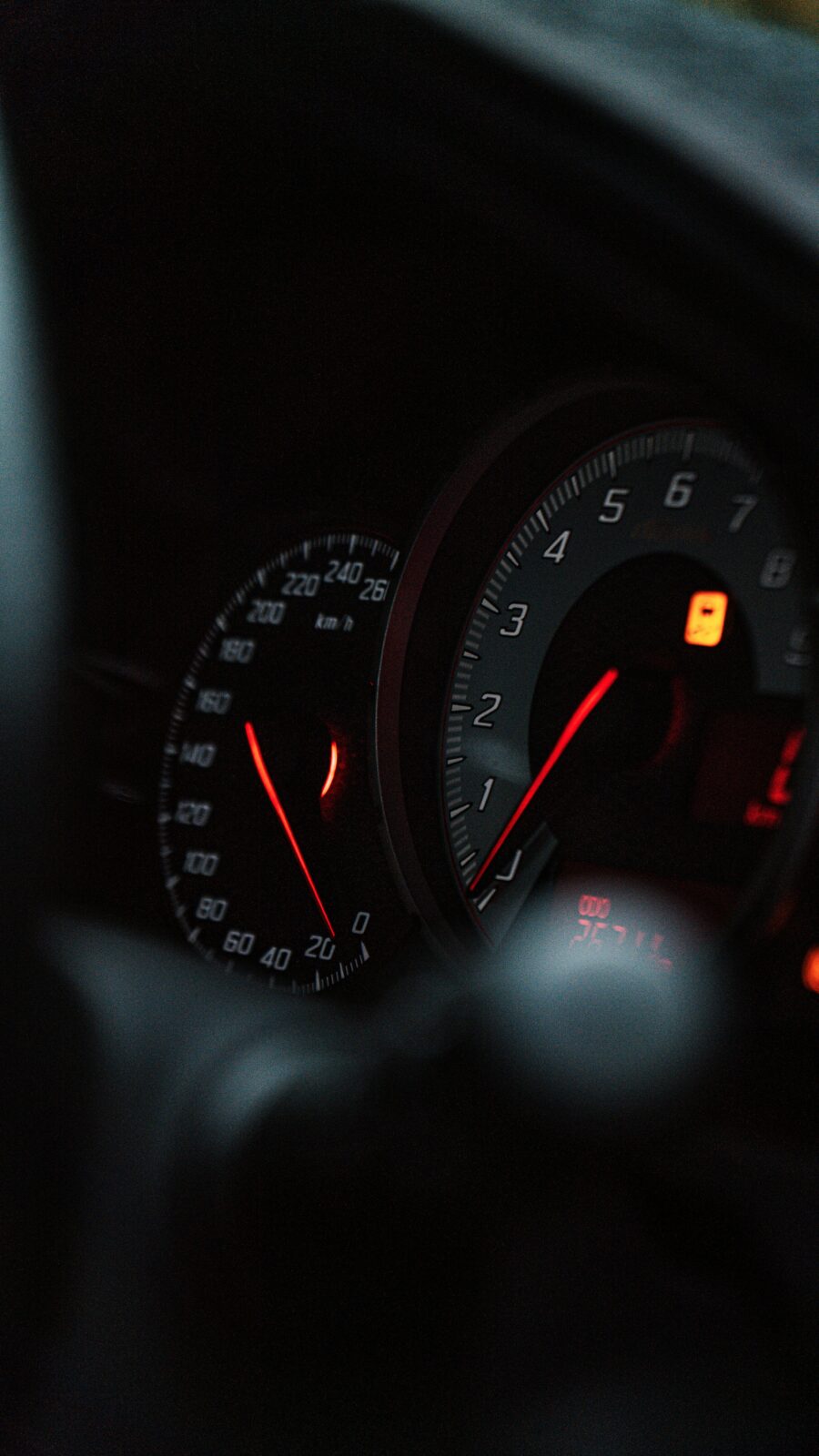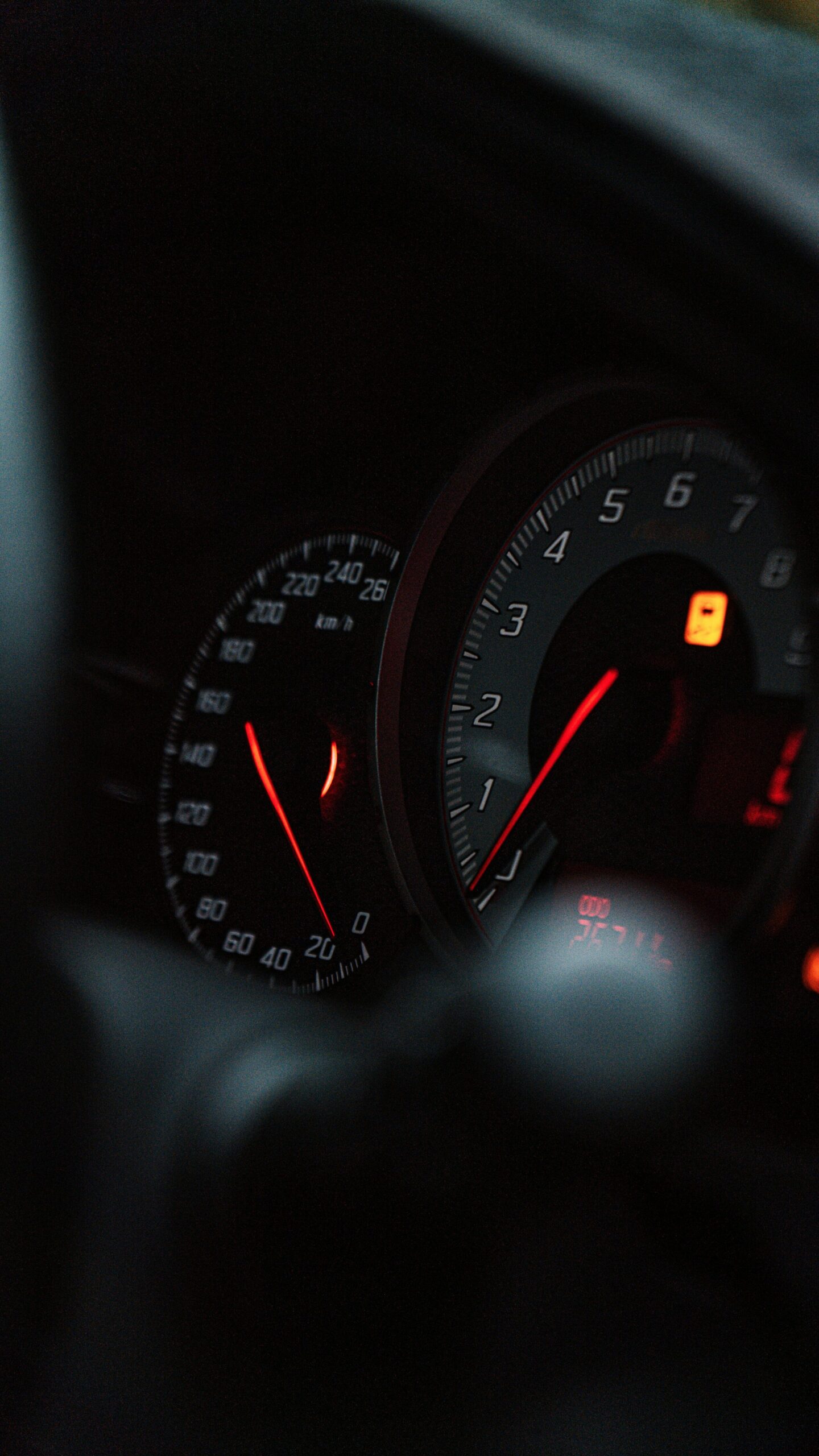
When it comes to car maintenance, understanding your dashboard warning lights is crucial. These lights can indicate a range of issues, from minor problems to serious malfunctions that require immediate attention. In this blog post, we’ll explain the meaning of common dashboard warning lights and what actions you should take when they appear. For more detailed guidance, visit us at Anyplace Auto Repair.
Check Engine Light
Meaning: The check engine light is one of the most common and sometimes confusing dashboard lights. It can indicate a variety of issues, ranging from a loose gas cap to serious engine problems.
Action: If this light comes on, first check your gas cap to ensure it’s properly tightened. If the light remains on, schedule an appointment with a mechanic to diagnose and address the issue.
Battery Warning Light
Meaning: This light signals a problem with your car’s charging system. It could mean your battery is not charging properly.
Action: If the battery light comes on while driving, try to turn off any non-essential electronics and get your car to a mechanic as soon as possible to avoid being stranded with a dead battery.
Oil Pressure Warning Light
Meaning: This light indicates that your car’s oil pressure is low, which can lead to serious engine damage if not addressed promptly.
Action: Pull over safely and check your oil level. If the oil level is low, add oil as needed. If the light remains on, have your car towed to a mechanic to prevent engine damage.
Brake System Warning Light
Meaning: This light can indicate several issues, including low brake fluid, a problem with the brake system, or the parking brake being engaged.
Action: Check that the parking brake is fully released. If the light remains on, check your brake fluid level and top it up if necessary. If the light still doesn’t go off, have your brakes inspected by a professional immediately.
Tire Pressure Warning Light
Meaning: This light indicates that one or more of your tires is significantly under-inflated, which can affect your car’s handling and fuel efficiency.
Action: Check the tire pressures and inflate them to the manufacturer’s recommended levels. If the light remains on, there could be a leak or other issue that needs to be addressed by a professional.
Coolant Temperature Warning Light
Meaning: This light indicates that your engine is overheating, which can cause severe damage if not addressed immediately.
Action: Pull over safely and turn off your engine. Allow it to cool before checking the coolant level. If low, add coolant as needed. If the light remains on or if you are unsure, have your vehicle towed to a mechanic.
Conclusion
Understanding these common dashboard warning lights and knowing how to respond can save you from costly repairs and ensure your safety on the road. If you encounter any of these warning lights and are unsure of what to do, don’t hesitate to contact Anyplace Auto Repair for professional assistance. Our mobile auto repair services can come to you, providing convenient and reliable solutions.
For more tips and insights on car maintenance, visit our blog regularly and stay informed. Safe driving!


Leave a Reply